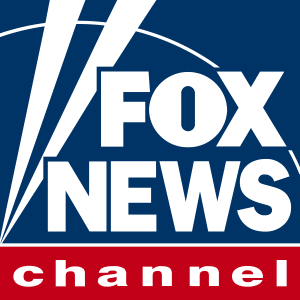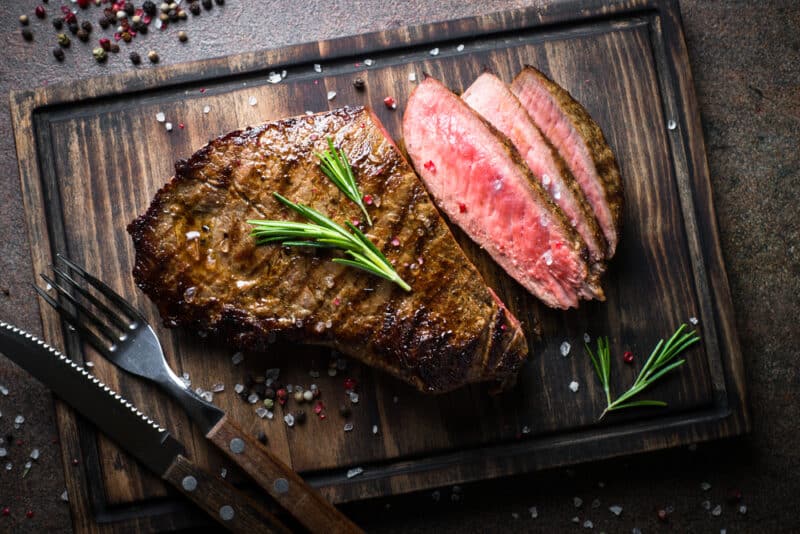Why is it called a Hamburger? (The History of Hamburgers)
TheGrillingMaster.com is reader-supported. If you buy something using the links on our site, we might earn an affiliate commission at no added cost to you. This helps us pay our staff to keep making awesome content for you!

A hamburger gets its name from the German city of Hamburg, not because it has ham in it. People from Hamburg used to eat a dish made of a cooked, seasoned ground beef patty called a Hamburg steak. That’s why we call it a hamburger. The world’s first hamburger was made at in 1900 at the famous Louis Lunch.
History of the Hamburger
As a seasoned grilling enthusiast and a food historian, I’ve always been intrigued by the history behind some of our most beloved dishes. One such dish is the iconic hamburger. And no, despite the confusion some people might have, it doesn’t contain ham. The story behind its name takes us on a delicious journey through time and across continents.
Our story begins centuries ago, with the origin of ground meat dishes in world history. The idea of grinding or mincing meat is not new. In fact, one of the earliest examples can be traced back to the Tartare tribes.
These Central Asian nomads were known for their dish of raw ground meat – a far cry from our beloved hamburger, but bear with me, we’re just getting started on this culinary journey.
Fast forward a few centuries, and we find similar dishes popping up in Mongolia. The Mongolian warriors were known to carry ground meat, which they would place under their saddles. The friction from the ride would tenderize the meat, essentially cooking it. I have to say, as a grilling enthusiast, that’s not my preferred method of cooking, but it was a different time and necessity dictated innovation.
As trade routes expanded and cultures intermingled, these ground meat dishes started to find their way to Europe.

Related Reading: See the best meat for hamburgers
In Medieval Europe, the practice of grinding meat became more common, as it allowed for easier preservation and a more practical way to consume the meat.
However, it was in the busy port city of Hamburg, Germany, that our journey begins to take a recognizable shape. Hamburg was a trading hub and had access to a wide variety of goods, including quality beef. Ground beef dishes were particularly popular among the working class in Hamburg due to their affordability and ease of preparation.
These dishes became known as Hamburg steak, a term used to refer to a seasoned, cooked patty of ground beef. The simplicity and affordability of the Hamburg steak made it a common meal for the working class, and soon its fame started to spread beyond the German borders.
This is where I, as an American, become particularly interested in the journey.
The mid-19th century saw a significant number of Germans immigrating to America, seeking a new life. And what did they bring with them?
Their traditions, their language, their hopes and dreams, and yes, their beloved Hamburg steak.
Over time, the Hamburg steak began to take on a new form in America, setting the stage for the hamburger we know and love today. But that, my friends, is a story for another time.
From Hamburg Steak to Hamburger

I’ve always been fascinated by the transformation of traditional dishes over time. A classic example is how the Hamburg steak from Germany evolved into the modern hamburger we relish today. Let me walk you through this transformation.
Hamburg steak, which was named after the German city of Hamburg, was popular among the working class due to its affordability and simplicity. It was essentially a seasoned, cooked patty of ground beef. Yet, this straightforward dish became a culinary icon, travelling from Hamburg to America, where it was destined to evolve into the hamburger.
In the mid-19th century, a large wave of German immigrants settled in America, bringing their traditional foods with them. Among those traditions was the Hamburg steak.
However, American culinary culture and lifestyle began to influence this beloved dish in several ways. The idea of convenience, particularly in food, was becoming increasingly important in the bustling, growing cities of America.
As a food enthusiast, I appreciate the simple genius of the next step in the evolution.
The ground beef patty, our Hamburg steak, was served between two slices of bread. This innovation not only made the dish easier to hold and eat, but it also made it portable – an essential factor for the growing number of workers needing quick meals during their brief lunch breaks.
But who came up with this idea?
Well, there are several claims.
Some attribute it to Charlie Nagreen, who supposedly didn’t want his customers to eat and run during the Seymour Fair in Wisconsin.
Others say it was Louis Lassen who first served the steak sandwich style to a hurried customer at his small lunch wagon in New Haven, Connecticut.
Regardless of who first had the idea, the result was the same: the Hamburg steak was now served between two slices of bread, and the humble beginnings of the hamburger as we know it were established.
In the hands of American cooks and vendors, the Hamburg steak was transformed into something uniquely American – the hamburger.
The practicality and convenience of serving the Hamburg steak sandwich-style aligned perfectly with the fast-paced American lifestyle of the time, setting the stage for the birth of fast food.
Related Reading: See the perfect hamburger temperature guide here.
The Rise of the Hamburger in America

(We all know how much America LOVES hamburgers!)
The Industrial Revolution was a transformative time in history, changing not only the economy but also our ways of life, including how we eat.
With factory work and bustling city life, there was an increasing demand for meals that could be prepared quickly and consumed on-the-go. The Hamburg steak served sandwich-style, or the early version of the hamburger, fitted this demand perfectly.
It was easy to handle, filling, and most importantly, quick to serve. This convenience made the hamburger a popular choice among workers and has lead to how we shape hamburgers today.
Another pivotal moment in the hamburger’s history was its introduction at the World’s Fair in St. Louis in 1904. As a food historian, I recognize this event as a significant milestone because it exposed a wide audience to this novel dish. The humble hamburger, an already popular street food, was now enjoying a more extensive fan base.
But the true game-changer was the rise of fast food chains in the mid-20th century.
White Castle, the first fast-food hamburger chain, opened its doors in 1921, paving the way for others like McDonald’s and Burger King.
These chains recognized the appeal of the hamburger – its convenience, its affordability, and, of course, its delicious taste.
They capitalized on this, serving up hamburgers en masse, and in doing so, helped to embed the hamburger in the heart of American culture.
So every time I grill a hamburger, I can’t help but think about how this dish, born from the adaptation of a German immigrant food, has become such a staple in America.
The hamburger’s rise in popularity tells a story about our society and our changing lifestyles. From the factories of the Industrial Revolution to the busy streets filled with fast-food chains, the hamburger has truly made its mark. And I, for one, am grateful for it. Because let’s face it, who doesn’t love a good burger?
Related Reading: How to grill hamburgers.

Is Hamburger: A Misnomer?
“Why is it called a hamburger if there’s no ham in it?”
That’s a fair question and certainly one that can cause a bit of confusion, especially for those first introduced to this iconic dish.
Let’s break it down:
First off, despite its misleading name, a hamburger doesn’t contain any ham (as we discussed earlier above). I understand the confusion. The term “hamburger” seems to suggest a sandwich filled with ham, but in fact, it’s not about the ham at all.
The name “hamburger” is derived from the city of Hamburg in Germany, where the precursor to our modern hamburger, the Hamburg steak, was a popular dish among the local working class.
I often find it amusing to see the surprise on people’s faces when I tell them this. The term “Hamburg” in “hamburger” refers to the place, not the meat. When German immigrants came to America in the 19th century, they brought their beloved Hamburg steak with them. As the dish evolved in its new home, the name “hamburger” stuck, even though it was served quite differently in America than it was in its city of origin.
If you’re a hamburger purist like me, you’ll agree that the hamburger’s name isn’t a misnomer, but rather a tribute to its roots. It’s a nod to the city where the journey of this favorite global dish began. I find it quite fascinating how a dish can carry a part of its history in its name. It’s not just a culinary delight; it’s a snippet of history, a story of cultural exchange and adaptation.
Learn More About Grilling
If you want to learn more about grilling, check out these other helpful resources!

Kevin Turner
Hi there, I'm Kevin Turner, Founder and CEO of thegrillingmaster.com. I started this website to share my passion and knowledge with you. You can leverage my years of experience as a pit master and professional to grill great food!
About The Grilling Master
Hi there, I'm Kevin Turner, Founder and CEO of thegrillingmaster.com.
My passion has always been grilling, smoking and BBQ delicious meats that satisfy my inner carnivore!
I started this website to share my passion and knowledge with you, the hungry reader who wants to prepare the perfect meal.
You can leverage my years of experience as a pit master and professional.
Send me a message and let's connect on Twitter here.

















